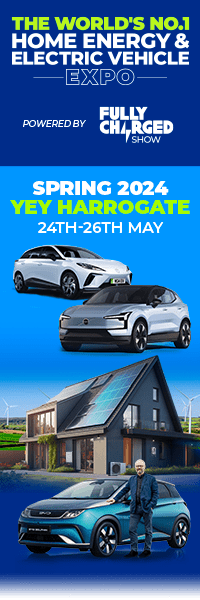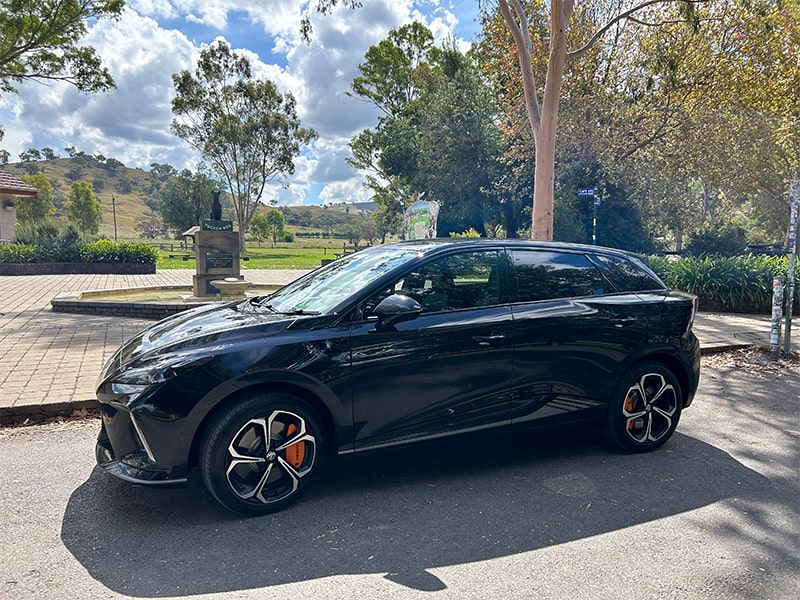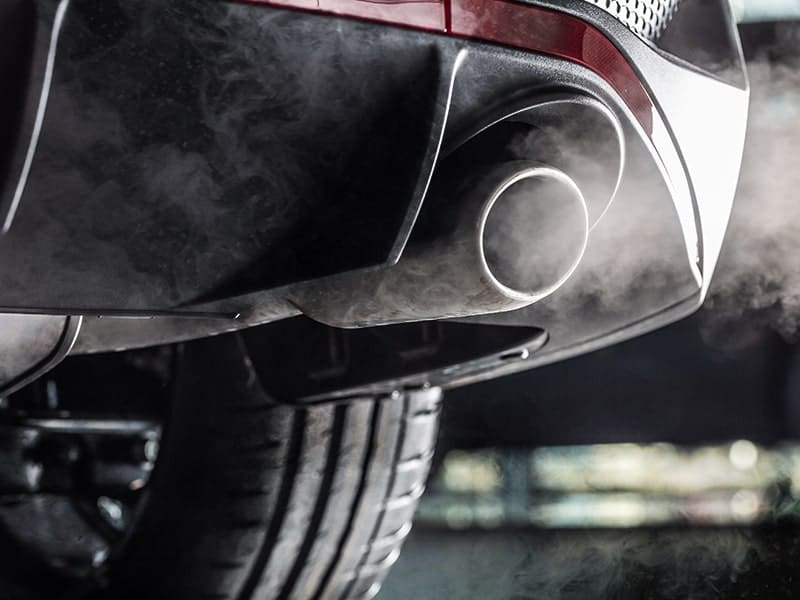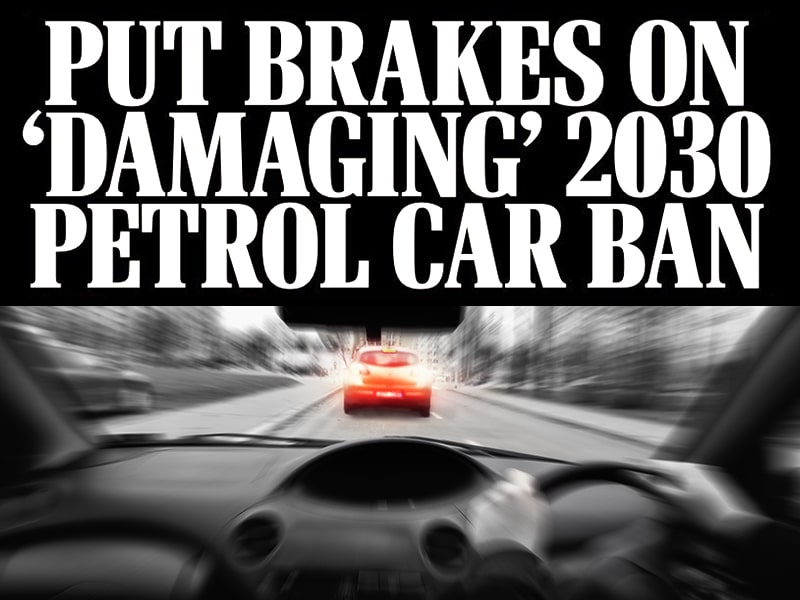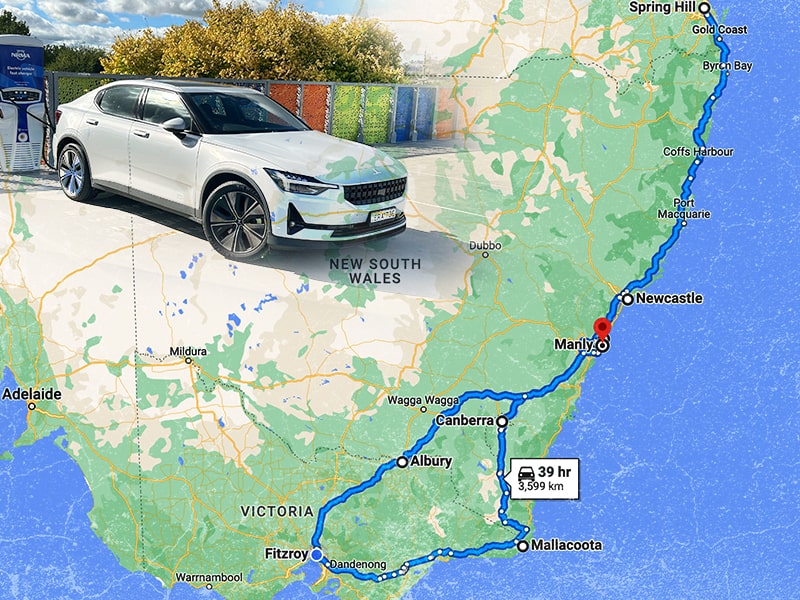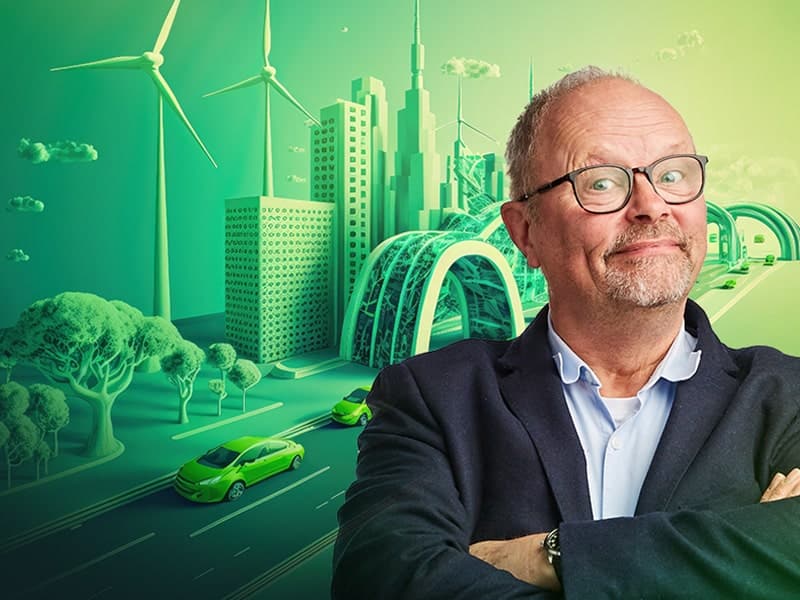
There were many things I never imagined 10 years ago when I shot the first episode of Fully Charged. Back then I was just intrigued that technology developed for the camera and computer industry was being used in a car.
Ten thousand phone batteries strapped together in a big box, electric motor, little computer to manage it all, a few wires and you’ve got a car that goes like stink.
Back then, simplicity was the main advantage I saw these machines had over internal combustion engines.
Literally hundreds fewer moving parts, much smaller, lighter and way more powerful, everything was down to the batteries.
No one knew how lithium-ion battery chemistry would hold up in this new role. Oh, there were plenty of people only too happy to tell you, “two to three years, and then you’ll have to throw them away” said a Mr J Clarkson.
It’s easy to look back and scoff now but seriously, at the time, no one knew. He might have been right. I mean, the tiny battery in your phone doesn’t last very long, we all knew that from bitter experience.
Now we do know, the battery will outlast the car, and when it’s finally getting annoying because of the reduction in range, the cells can be used for another 10-15 years in a static storage application.
And then they can be recycled and the materials used to make new batteries.
In which case I am going to indulge in a small scoffing session at the expense of Mr Clarkson’s bullish and overly confident observations circa 2009.
You were wrong mate.
I started driving electric cars in 2009, I got rid of my last combustion engine car (a diesel Land Rover Defender) in 2013 and I haven’t regretted it for a moment.
But the vast majority of the driving population of the globe, (1.3 billion according to Quora) either don’t know they exist or live somewhere where they really don’t exist or have heard all the negative FUD and don’t even think it’s a plausible alternative.
Although the changes taking place in Europe, the USA and China are noticeable and having real impact, it’s still only the start of the beginning.
But the enormous benefits that electrified transport could bring to India, South America, Africa are becoming more obvious to the people who live there.
In a similar way to the rapid uptake of smartphones in countries that weren’t burdened with legacy copper wire infrastructure, I wonder if electric vehicles can have the same impact.
All this speculation brings up two questions you have to face when you are politely advocating battery and fuel cell alternatives to internal combustion and drill and burn energy. Those questions are;
- Why were we still using dated, steam age technology?
- How much effort will the combined might of the auto and oil industry put into delaying the uptake of this new technology.
The answer to the first question is over 100 years of development, a massive global infrastructure to support it, economies of scale which were part of the mass production revolution of the early 20th century, and of course the mind-numbing wealth of the oil companies.
The answer to the second question is they will make quite a lot of effort, spend a lot of money and distribute a torrent of fear, uncertainty and doubt.
But similar to the lobbying against the curtailment of asbestos, smoking, leaded petrol and resistance to the introduction of catalytic converters, clean air policies, electric vehicles and renewable energy systems it hasn’t stopped development.
It’s simply delayed it a bit.
The technology has trumped the resistance.
It’s fine to pontificate about how renewables don’t work if you own a coal mine and want to keep selling coal . . . . if the coal is cheaper.
Ten years ago digging up coal, transporting it on massive ships, burning it in a power station, boiling water, using the steam to spin a turbines, that was much cheaper than solar or a little wind turbine.
Now it’s not, it’s much more expensive.
Yes, I know they are still burning coal in Germany and China is still building new coal burning power plants, but this technology is on the way out. It’s dead, it is history.
In the UK, coal now produces around 2% of our annual electricity generation. Ten years ago it was 25%.
The tide has turned in the energy market, even in Australia where the government and the coal industry are as one, the adoption of domestic rooftop solar is so ubiquitous it has had a very damaging impact on the dig and burn blokes.
People don’t buy electricity in the middle of the day because they are making their own, and the middle of the day is peak usage in summer Australia.
But here’s what an old bloke thinks at the dawn of the third decade of the 21st century.
The most important aspect of electric cars is not technical but psychological.
Once someone had driven an electric car for some time, I’m talking a few days, it has the effect of opening people’s minds to consider alternatives to the extract and burn state status quo so many of us are still locked in.
It’s most obviously manifested by the research papers that clearly show how people with electric cars want solar panels and people with solar panels want electric cars.
It’s the combination of three technologies, solar photo-voltaic panels, an electric car and a simple piece of electronics that marries the two.
I’m talking the Zappi charger, I know similar systems are available from other manufacturers.
All the Zappi does, if you want it to, is put any excess electricity created by the panels into the car rather than sending it out to the grid.
If you’re not using it to boil a kettle or run the washing machine, it puts it in the car.
This simple act, which only works in Old England between mid-April and early October, means that you can drive along for zero fuel cost, not burning anything, with minimal energy losses, for many hundreds of miles.
I’ve estimated I’ve driven 15,000 miles on 100% solar electricity in the last 5 years. The cost per mile, no matter how you spin it with wear and tear and insurance, servicing, new tyres, is ridiculously low.
But that’s one house, with one car, I’m under no illusions, that doesn’t make a whole lot of difference.
But picture every car park, bus station, every ugly bit of post-industrial landscape covered with solar canopies.
Use that energy to charge busses, trucks, delivery vans, cars, bikes and you transform not only the local air quality but the national economy.
The less fuel we import, the less money leaves our shores.
In the field of energy acquisition, I’m a dogged nationalist separatist.
Keep our electricity, our heating and transport fuel British, cover everything in Union Jacks, be proud of the fact that we send nothing to Mr Putin, the Saudi regime, the Norwegians with all their equality and social progress.
I want to use British electricity made for British people.
So that is the conclusion I have come to in the last 10 years, that the human race needs to strive towards a state where we don’t burn stuff.
It’s a state I cannot imagine we will ever truly reach, but the more we reduce burning, the greater the impact any single new technology will have.
Jan 1st 2020
